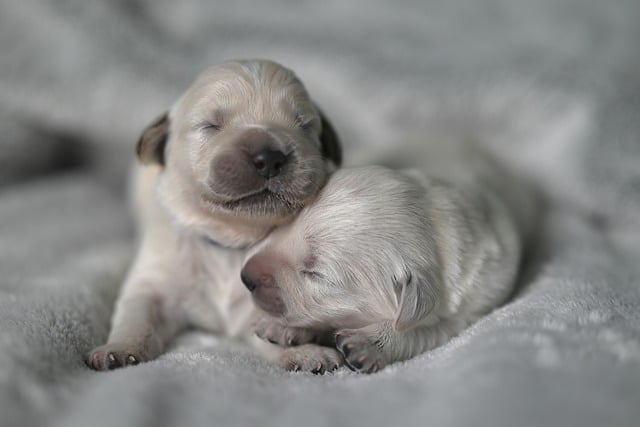
How can I tell if my dog's heatstroke is serious
Let’s be real: It’s a sticky August morning in Los Angeles, and you took your 2-year-old Golden Retriever, Max, for a walk a little later than usual
If you’ve ever found yourself picking clumps of fur off your couch, clothes, and even your morning coffee, you’re probably wondering why your female dog seems to be leaving a trail of hair everywhere. For new owners of girl pups—whether she’s a tiny Yorkie or a fluffy Golden Retriever—excessive shedding can feel like a never-ending battle. But before you stock up on lint rollers, it’s helpful to understand why female dogs shed, and when it’s totally normal (or worth a vet visit).
Let’s start with biology: female dogs, like many mammals, have hormonal cycles that affect their coats. Unspayed females often shed more during their heat cycles, which happen every 6 to 8 months. Think of it as their bodies shifting energy to reproductive needs, which can thin their fur temporarily. My friend’s Border Collie, Luna, turns their living room into a fur factory for about two weeks during her heat—her vet says it’s a natural part of her cycle. Spayed females might also experience a shed shortly after surgery as their estrogen levels adjust, but this usually calms down within a few months. Breeds with thick, double coats (like Huskies or Australian Shepherds) shed even more seasonally, swapping heavy winter fur for lighter summer coats—female or male, these pups are basically walking fur machines twice a year.
Sometimes, extra shedding signals something’s off. A dull, patchy coat with bald spots could mean allergies, thyroid issues, or even stress. Diet plays a big role too: dogs need nutrients like omega-3 fatty acids (found in fish oil or flaxseed) to keep fur strong. My neighbor in Denver noticed her Pit Bull mix, Stella, shedding in clumps until she switched to a food with salmon—now Stella’s coat is shiny, and the fur on the floor is way less. Stress is another culprit: moving to a new apartment, a new family member, or even a change in your work schedule can make her shed more. Dogs don’t process stress with words, so their bodies often react by losing hair.

So, what can you do? Brush her regularly—short-haired breeds need 2-3 times a week, long-haired ones (like Shih Tzus) daily. Use a rubber curry brush; it grabs loose fur without irritating her skin. Add a little fish oil to her food (check with your vet for dosage) to boost coat health. For apartment dwellers, a good vacuum with a pet hair attachment is a must—your neighbors won’t appreciate fur drifting under the door. When walking, a quick brush before heading out keeps loose fur from sticking to park benches (and always carry poop bags—fines for forgetting hit $300 in NYC, and it’s just polite).
Never scold her for shedding—she can’t help it, and yelling will only stress her out more, making the problem worse. If you notice bald spots, red skin, or she’s scratching nonstop, call the vet. They’ll check for issues and make sure her vaccines (rabies is required in all 50 states) are up to date—some skin infections can spread if left untreated.
Shedding is just part of loving a female dog. With a little brushing, good food, and patience, you’ll both adjust to the fur… and maybe invest in more lint rollers.

Let’s be real: It’s a sticky August morning in Los Angeles, and you took your 2-year-old Golden Retriever, Max, for a walk a little later than usual

You're enjoying a summer afternoon at the park when you notice your dog has stopped panting and appears disoriented - their gums are bright red

Let’s paint the picture: You’re in your Denver apartment, watching your 4-year-old Boston Terrier, Ruby, plop down mid-play session with her favorite toy

Many dog owners notice their pets nails seem shorter after regular walks,but how much does this daily activity actually help?The answer depends on where you walk—concrete sidewalks or asphalt streets gently file nails as a dog's paws hit the ground

Most dog owners notice their pup scooting across the carpet at some point, but few connect it to impacted anal glands. These small sacs near a dog’s rectum secrete a scent for marking territory

Most vets agree that regular dog teeth cleaning is key to avoiding painful dental issues later. For healthy adult dogs, a professional cleaning at the vet’s office every 12 to 18 months usually works well.